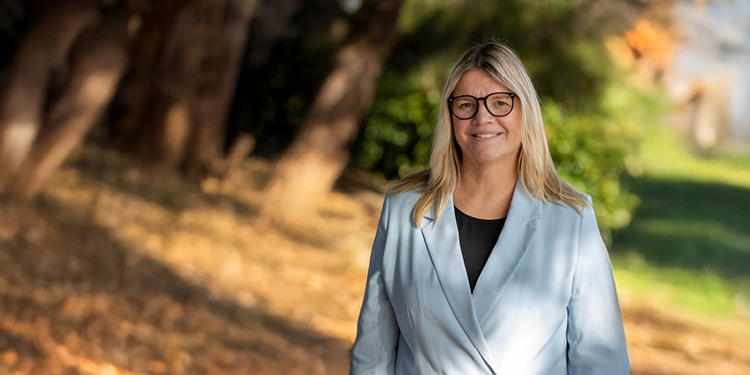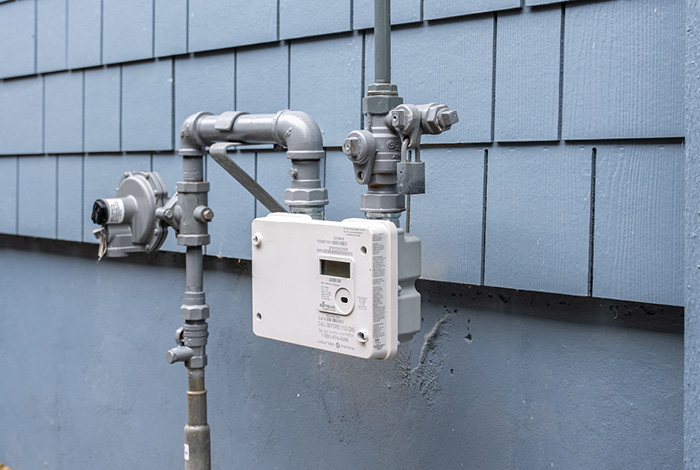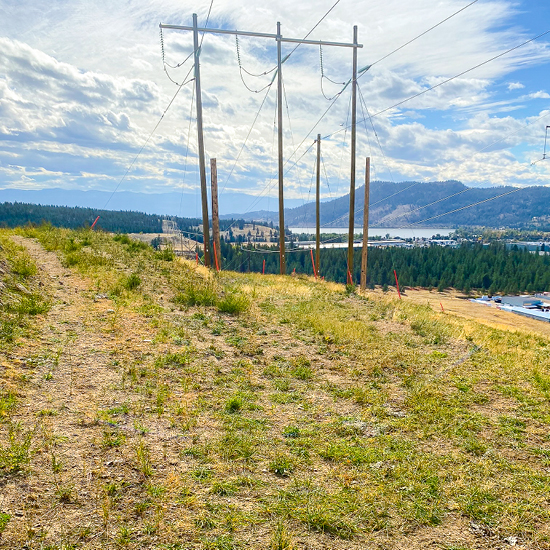7 damaging myths about safe digging
September 13, 2019
Updated April 1, 2022
Whether you’re planting a garden, installing a new fence or doing anything else classified as ground disturbance, you need to know where utility lines are buried so you don’t hit them. Ground disturbance includes excavation, digging, trenching or driving bars, posts, or anchors. Both homeowners and contractors need to take the necessary precautions to avoid damaging underground utility lines.
Here are some of the most common—and dangerous—myths people believe about digging near gas lines:
1. Myth: natural gas lines are always buried at least two feet in the ground.
“People don’t understand; they think natural gas lines are always installed two, three or four feet deep into the ground,” says Ron Field, FortisBC damage prevention investigator.
“It’s a misconception. Gas lines aren’t necessarily as deep as people think they are.”
This myth is often the reason people don’t bother contacting BC 1 Call. Because they don’t need to dig that deep for their project, people assume it’s safe to dig without checking to see where utility lines are.
Fact: according to WorkSafeBC, some utility lines are buried less than 12 inches from the surface. Sometimes soil shifts, leaving lines shallower than when they were installed. Bottom line: always click or call BC 1 Call to ensure safe digging.
2. Myth: if you hit a gas line, you should try to cover it somehow so gas doesn’t blow out.
“People think they’re doing a good thing, folding and taping the plastic gas line after they’ve hit it,” says Tara Garrett, FortisBC damage prevention investigator. “But it’s better to let the gas blow so you know where it’s going.”
Fact: the only people that should go near a damaged gas line are FortisBC crews. If you accidentally hit a natural gas line, shut off any machinery or other potential sources of ignition, get everyone away from the scene and call FortisBC’s 24-hour emergency line at 1-800-663-9911, or call 911. Our crews will come out immediately to repair the line.
3. Myth: amateurs doing landscaping and renovations on their homes are more likely to hit gas lines than professional contractors.
“When I talk to folks on the street and tell them I investigate natural gas line hits, they ask, ‘but don’t people know about BC 1 Call?” says Dave Albrecht, FortisBC damage prevention investigator. It’s interesting that Joe Q. Citizen knows to call BC 1 Call… but with large contractors, often the problem is getting employees to follow proper procedures. And with smaller contractors, it’s a lot of different issues. They don’t call, or they misread or misunderstand the directions.”
Fact: In an average year, contractors are responsible for more than two thirds of all gas line damages.
4. Myth: contractors always click or call BC 1 Call, so homeowners hiring contractors don’t need to worry about it.
“One contractor on Vancouver Island, he hit a gas line, tells the homeowner to call FortisBC and then he takes off,” says Mark Lawson, FortisBC damage prevention investigator. “WorkSafeBC shut that site down. But a week later, that contractor did pretty much the same thing again somewhere else.”
Fact: if a contractor working for you hits an underground natural gas line or another utility line while digging, you could be liable for repair costs. More importantly, a damaged gas line on your property is a safety hazard.
Make sure your contractor contacts BC 1 Call at least three days before work starts, and ask to see their BC 1 Call ticket. Ask about their liability insurance, WorkSafeBC clearance letter, business license and any permits needed. You should also check to see if your contractor is accredited with the Better Business Bureau and if there’s been any complaints lodged against them.
5. Myth: gas lines have sand around them, and tape over them, so just look for sand or tape when digging.
“People dig expecting to see sand or warning tape,” Ron says. “But there’s no requirement for sand or tape when installing natural gas lines.”
Fact: to locate a natural gas line, you need to click or call BC 1 Call and use the directions you receive from FortisBC to mark the location with flags or paint, and then carefully dig by hand to expose the gas line in multiple places.
6. Myth: once you’ve contacted BC 1 Call, you can start your project.
“Within about three business days after you contact BC 1 Call, you’ll get five pages of safe digging guidelines from FortisBC, including a diagram and the proper way to excavate, and I think that’s where most people go wrong—they don’t read the safe digging guidelines and that’s where they get into trouble,” says Mark.
“FortisBC wants you to locate the line from the drawing by hand digging, and locate it in several places so you don’t hit it… if everyone actually followed the instructions, I don’t think anyone would hit a line.”
Fact: clicking or calling BC 1 Call is the first step. Then you need to follow the directions to safely locate the buried utility lines, digging by hand to expose them. Only then can you proceed with your project, while avoiding the lines. That’s safe digging.
7. Myth: if you follow the directions and diagram from BC 1 Call and don’t find the gas line, you don’t need to worry about finding it.
The damage prevention investigators acknowledge that in some rare cases, the diagram may be inaccurate and you won’t find the natural gas line where you expect it. Some homeowners and contractors will then assume it’s OK to start their project.
Fact: you’re required to locate the buried lines in the area you’re digging. The instructions you receive after contacting BC 1 Call will tell you that if you’ve carefully followed the directions and diagram but can’t find the natural gas line, call FortisBC and a crew will come locate the line for you at no cost. If you’re confused about the directions provided, call us.
What else do our damage prevention investigators want you to know about safe digging?
Tara: “Contact BC 1 Call—know what’s below before you dig! Don’t assume anything.”
Mark: “BC 1 Call is free, and you can get the information quickly.”
Ron: “If you've attempted to locate a gas line by electronic or other means, and have been unsuccessful in hand-exposing the gas line using the information you get from BC 1 Call, contact FortisBC and we’ll help you figure it out."
Dave: “Just review the material sent out from the various utility operators via BC 1 Call. You’ll avoid 99.9 per cent of the potential problems.”
In summary, click or call before you dig and carefully follow the directions you get.



